Triglav is the highest mountain in Slovenia. Legend says that you can only be considered a true Slovenian if you have climbed the mountain. Here is a guide to Triglav National Park.

Regarding natural beauty, you don’t have to look far in this spectacular world of ours. If you open your eyes, you’ll find some of Mother Nature’s eye candy in your town, city, or state. But sometimes mother nature surprises you with special places that blow your mind. Triglav National Park in Slovenia is one of those locations.
Slovenia has one national park, although much of the country is beautiful enough to earn that status. Triglav National Park gained its name from the highest peak, Triglav. Slovenians have a close connection with Triglav, so much so that Triglav is on their national flag.
If you’re lucky enough to be heading to Slovenia’s Triglav National Park, there are countless activities and stunning sights you can’t miss.
Skip Ahead To My Advice Here!
Where Is Triglav National Park?

Situated in the northwest of the country, close to Italy and Austria’s borders, Triglav National Park is one of the oldest in the world and is part of the Julian Alps. The Alps span the majority of the park, with the highest peak, Mount Triglav, standing at 2864 meters high.
The area has been protected since 1924 because of its natural beauty and cultural importance, limiting the amount of construction work and mass tourism in the park. The result is ideal for visitors, as natural landscapes are preserved, and attractions and activities are set in the great outdoors.
Triglav is not the only high peak in the area. Others include Mangart, Jalovec, Prisojnik, and Spit, giving you a plethora of natural sights and heights to explore among mountains and glacier-formed valleys.
How To Get To Triglav National Park
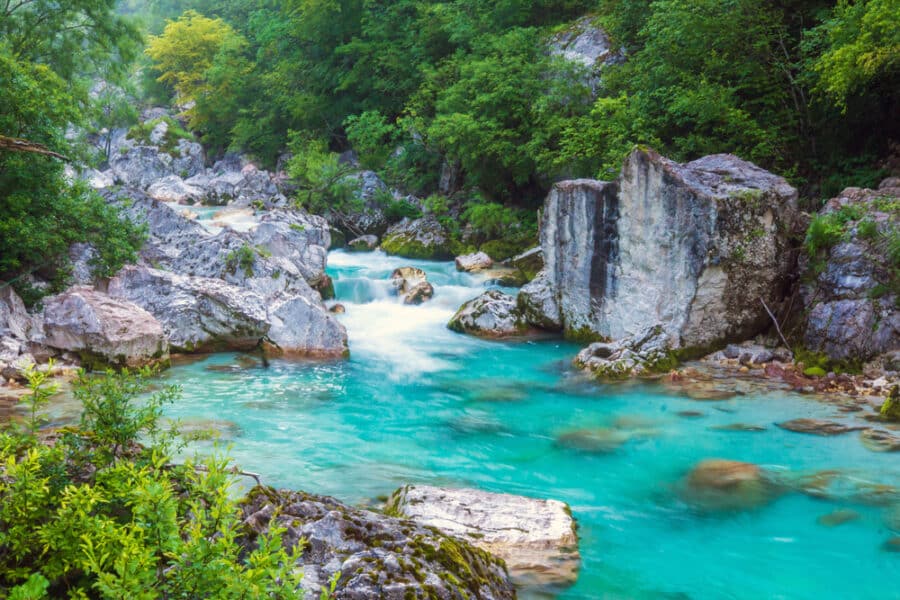
Most people arrive in Slovenia via the capital, Ljubljana. Fortunately, it’s a relatively short journey from Ljubljana to the Triglav National Park. The bus takes just under 2 hours to reach Triglav itself, and the buses run frequently. Buses depart the airport every 15 minutes, heading to Kranj.
From there, a connecting bus to Bohinkjska Bela and Triglav takes just 20 minutes. Alternatively, you could hire a car and drive yourself if you enjoy a little more freedom, with a trip running just under 2 hours, depending on traffic and weather.
If you are traveling from Bled to the park, you will be in for a very short journey as the bus takes only half an hour. Catch your ride from Bled Center and head to Bohinjska Bela (takes just 5 minutes) before connecting and continuing onwards for another 20 minutes to the park.
What To Do In Triglav National Park
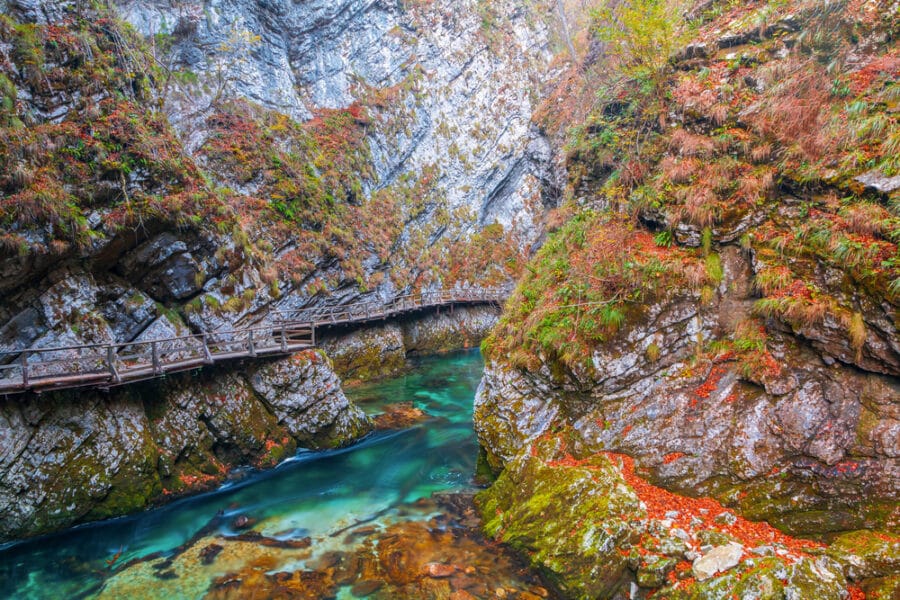
Most things in Triglav are outdoorsy, making it the perfect holiday destination for active enthusiasts. The weather doesn’t change dramatically in the valleys; however, if you are heading up into the mountains, be aware that mountainous areas are subject to fast-changing weather. Pack accordingly and heed weather advice warnings.
Now, what wonderful outdoor activities can you enjoy in Triglav National Park?
Hiking
This is, without a doubt, the most popular activity in the park, and the rewards for putting on your walking boots are fantastic. The summer months are the best times to hike Triglav National Park, especially if you are not experienced. More experienced hikers can go into the Julian Alps peaks during the winter months too. The walking trails are designed to take you through the most breathtaking scenery on offer while passing various flora, fauna, and views along the way.
Brands We Use And Trust
Vrsic Pass
This road joins Trenta and Kranjska Gora’s towns, and the road itself is stunning to travel on, with around 50 curves! Many walking trails start from here, and experienced walkers will enjoy the almost vertical climbs. This is the highest pass in the country and has plenty of history, as it was built by the Russians as a military route back in 1915. Do bear in mind that because of its altitude, the pass is closed during the winter months.
Watersports
The park is home to Slovenia’s largest glacial lake, Lake Bohinj. During the summer months, there are many water sports opportunities, such as canoeing, sailing, fishing, rafting, swimming, etc. During the winter months, the lake freezes over, and the sheer sight is exceptionally magical.
Check Out The Waterfalls
Some of Slovenia’s most impressive waterfalls are in the Triglav National Park, with Savica and Pericnik being two of the best.
There are viewing platforms at both, and during the winter months, the frozen waters are awe-inspiring! You can hire a guide and go ice climbing – something different and undoubtedly thrilling!
Pericnik Waterfall is located in the Vrata Valley. There are two waterfalls, and the second one you can walk underneath. The larger waterfall is 1000 meters high, and it forms impressive stalactites that seem suspended in the air during winter.
Local Tip: To reach Pericnik Waterfall, follow the road signs on the Jesenice – Kranjska Gora Road. The waterfall is around halfway between Mojstrana and the last stop on the road; it’s pretty hard to miss!
Radovna River Gorge
In Blejski Vitgar, you will find an awe-inspiring sight. The gorge is rocky, deep, packed with green vegetation, and stunningly beautiful. Canoeing, walking, hiking, climbing, and general nature treks are all possible here. This is one of the biggest attractions in the whole park. Keep in mind, during the summer months; it can get a little crowded.
Walk on Devil’s Bridge
Tomlin Gorge is home to a vast bridge that passes over a massive gorge drop to the ground. Suspended between two mountain walls, with green vegetation on either side of the rocks, you are literally hanging in mid-air – that alone is a jaw-dropping experience!
Adrenaline On The Soca River

Rafting and hydrospeeding are two hugely popular sports on the striking Soca River. You can also canoe here, especially on the calmer parts of the river, and you can see to the bottom of the river, such as the water’s clarity.
Mount Triglav
This is the highest mountain in the country and is a fantastic place to hike and climb. Legend says that you can only be considered a true Slovenian if you have climbed the mountain, and there are four routes to take you to the top for fantastic views. During the summer months, Mount Triglav can get somewhat busy with people wanting to conquer the mountain. Arrive early to get ahead of the game.
Trenta Valley
This historic valley was previously an iron mining town, with the last mine closed in 1778. The source of the emerald green river Soca is here, and there is a 20km walking trail that will take you to Bovec.
Seven Lakes Valley
This pretty alpine valley is around 8km long and is a fantastic place for hiking and nature walking. Despite its name, there are actually ten lakes in the valley. The hiking trail in this region takes around 3 or 4 hours before you reach the first of the lakes, from the starting point at Savica waterfalls.
Triglav National Park by Car
Triglav National Park offers spectacular road-tripping besides hiking, whitewater rafting, rock climbing, and fishing. From Bohinj or Bled, there’s a superb loop drive that takes you through the park, past some of its major attractions.
It’s hard to imagine a better way to spend the day in Triglav National Park than driving across the Vrsic Pass, the highest mountain pass in Slovenia, and through the Soca Valley. On the way, you’ll have plenty of opportunities to go hiking, enjoy the views, see waterfalls and visit some World War I sites.
First Part: Vrsic Pass
Starting in Bled, take the E61 expressway north, getting off at the Hrusica exit just before Austria’s tunnel. At the exit, turn left toward Kranjska Gora. This part of the drive leads through green forests and past, typically Slovenian hayracks. When driving, it’s easy to see why Slovenes claim to live in Europe’s second-greenest country.
When you arrive in Kranjska Gora, incidentally a hugely popular (and expensive) winter sports resort, look for the sign pointing toward Vrsic. This is where you’ll officially enter Triglav National Park. Before long, you’ll arrive at the first of the 50 hairpin bends that characterize this phenomenal mountain road. Twenty-four hairpin bends lead up, 26 take you back down.
On the way up toward Vrsic Pass, highlights include a waterfall at the eighth switchback, a little Russian chapel, and a natural window in a rock formation at the seventeenth switchback. At the top of the pass, make sure to get out of your car to enjoy the spectacular views.
Going down, you might want to stop at the small gravel parking lot after the 28th switchback. There, a lookout platform offers excellent vistas of the mountain valleys below. Note that the river-carved Soca Valley, to the left, is V-shaped. At the same time, the glacier-made Trenta Valley, to the right, has the shape of a U. Other points of interest include remains from World War I and from the time this was the border between Italy and Austria-Hungary.
Second Part: Soca Valley
Once you’ve cleared switchback number 50, you’ll begin the second part of this drive-in Triglav National Park—through the Soca Valley—in the village of Trenta.
Continue following the road, which runs through the valley and along the Soca River. This section is nicknamed the “Valley of the Cemeteries.” It was a battleground during the First World War, shown in various war cemeteries and historic sites.
Not everything is gloomy, though. This section is also absolutely gorgeous. There are scenic suspension bridges, pretty villages, and beautiful waterfalls. It couldn’t possibly be more peaceful. About five miles (eight kilometers) after driving through the town of Soca, you’ll leave Triglav National Park.
Continue onward to Bovec. One of the focal points of fighting on the Soca Front, this town is now the adventure capital in the Soca Valley, also known as “Adrenaline Valley.” The town is renowned for its whitewater sports. If you have time and are up for an adventure, it’s strongly recommended to go whitewater rafting on the Soca River, one of the area’s greatest activities.
Three miles (five kilometers) past Bovec, you’ll cross a bridge. Make sure to look to your right to see the Boka Waterfall. Avid hikers might want to tackle the trail up to the waterfall. The trailhead lies on the right, just behind the bridge.
Third Part: You Choose
When you reach the small town of Zaga, turn left to Kobarid and follow the road to Tolmin. There, you’ll have to decide how to get back to Bled as there are a few options.
You can continue straight on Route 102 toward Idrija and eventually to the E61 and Ljubljana, which will bring you back to Bled. Alternatively, you can follow Route 103 south to Nova Gorica to get onto the E61, leading you north toward Bled. These routes are fast, but they’re also a considerable detour.
The shortest and fastest way to get back to Bled is with the car train from Most na Soci, just south of Tolmin. This scenic railroad cuts directly through the mountains and drops you and your car off in Bohinjska Bistrica, the main town in Bohinj. Then, it’s only a 30-minute drive back to Bled.
Where To Stay In Triglav National Park
You will find plentiful lodges throughout the park to accommodate your adventure-seeking, making it possible to stay in the park for easy exploration. To assist you in finding the perfect home base, here are six of the best accommodation in Triglav National Park:
Apartment House Jager
This self-catered apartment building is fantastic for those looking for a home base during their stay. The outside of the hotel looks like an authentic ski lodge, with modern décor and equipment inside. There are 14 apartments, which are all non-smoking, with fully equipped kitchens and rollaway beds for extra visitors. The mountains’ backdrop is picturesque, making this hotel not only comfortable but also a beautiful base for your Triglav expeditions.
Move This Adventure To Your Inbox & Get An Instant Freebie

No spam. Unsubscribe at any time.
House Neza
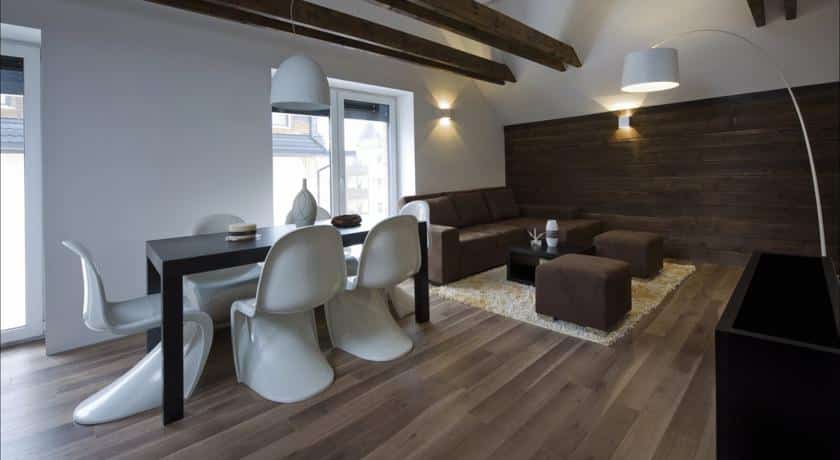
This small hotel has five apartments, but the luxury is amped up by the spa tubs, sauna, and massage facilities. Never noisy or busy, House Neza is great for those who want a quiet stay, with fully equipped kitchens for meals and evenings in and modern, minimalistic décor. Outside you will find a beautiful garden area with BBQ facilities.
Apartments Vitranc
If you want a good base for skiing in the winter months, apartments Viranc is an excellent choice, with ski-in and out access and plentiful storage for your equipment. There are 34 apartments, and the whole place looks like a large house, with comfortable and spacious rooms to chill out in at night and fully equipped kitchens.
Spik Alpine Wellness Resort
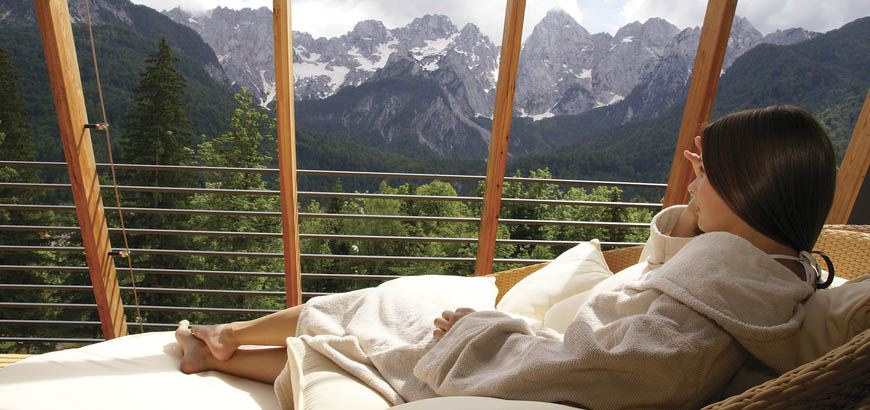
This is a very modern resort set in real lush greenery at the foot of the imposing alps. There are 58 rooms on offer, an on-site restaurant and bar, a spa, and a tennis court. This is a good choice for families, as there is a children’s pool, club, and playground. When looking for an excellent value for the price, Spik Alpine Wellness Resort fits the bill!
Hotel & Villa STARE at Lake Bohinj
For total peace and tranquillity, this is the place to go. Set in the woods, there are ten guestrooms available, so it is never busy or crowded. The on-site restaurant and bar are fantastic for evenings in, and there are facilities for children too, with a waterslide and childcare available. The garden terrace is also ideal for summer evenings.
Hotel Kotnik
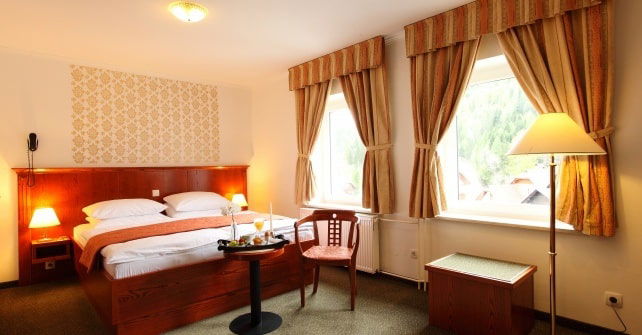
Despite its popularity, budget breaks are possible in this part of the country, and Hotel Kotnik is ideal for keeping costs down. This accommodation features 15 rooms and fantastic entertainment options such as an arcade, game room, and a shared TV area.
Now that you know where to stay and what to do, Triglav National Park is only a ticket away!

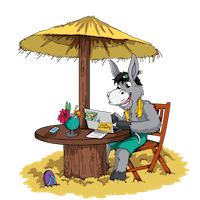
Climbed it once, truly fantastic, and the two giant cold beers after descending tasted GREAT. But my knees still remind me how it really was. TOUGH !
I’m going to be going to Bled from Salzburg on a day trip and wanted some help as to how to get to the park. Are there different entry points? How could I get back to Bled as well?
How much does entry to Triglav national park cost?
As far as I know, entry to Triglav National Park in Slovenia is free of charge. However, there might be fees for certain facilities or activities within the park, such as parking, camping, or guided tours.